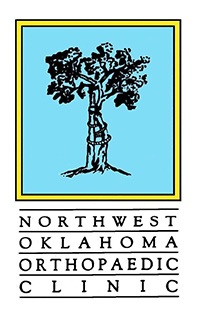Biceps Pathology
What is Biceps Pathology?
Biceps pathology is the study of diseases or conditions affecting the biceps muscle including cause, origin, diagnosis, and nature of the disease.
Anatomy of the Biceps
The biceps muscle is present on the front side of your upper arm and functions to help you bend and rotate your arm. The biceps tendon is a tough band of connective fibrous tissue that attaches your biceps muscle to the bones in your shoulder on one side and the elbow on the other side.
Common Biceps Conditions
Some of the common biceps conditions include:
- Distal biceps tendon rupture: This occurs when there is a tear of the biceps tendon at the forearm.
- Proximal biceps tendon rupture: This occurs when there is a tear at one of the two biceps tendons in the shoulder.
- Proximal biceps tendinitis: This occurs as a result of inflammation or irritation of the proximal biceps tendon due to repeated use or problems in the shoulder.
- Biceps strain: This occurs from a pulled biceps muscle due to overstretching and tearing of the muscle fibers and/or tendons.
- Biceps contracture: This occurs due to permanent contraction of the biceps with manifestation of a bent elbow.
Symptoms of Biceps Pathology
Commonly noted symptoms of biceps pathology include:
- Severe pain or tenderness at the shoulder or elbow
- A feeling of weakness at the shoulder or elbow
- An occasional snapping sensation or sound at the shoulder
- Bruising or swelling on the forearm or upper arm near the elbow
- Difficulty in rotating or turning your arm
- A change in contour in the upper arm of your biceps
Causes of Biceps Pathology
Some of the common causes of biceps pathology include:
- Repetitive overhead motion
- Everyday wear and tear
- Overuse of the biceps muscle
- Muscle atrophy (wasting or loss of muscle tissue) due to aging
- Impingement of tendon
- Instability of shoulder joint
Diagnosis of Biceps Pathology
Your doctor diagnoses biceps pathology after observing your symptoms and reviewing your medical history. A physical exam is performed where your arm may be moved in different positions in order to see which movements elicit pain or weakness. Imaging studies such as X-rays may be ordered to assess for bone deformities such as bone spurs, which may have caused the tear, or an MRI scan to determine if the tear is partial or complete.
Treatment of Biceps Pathology
The management of biceps pathology comprises of both non-surgical and surgical approaches, and the choice of treatment depends upon the type and severity of the biceps pathology.
Nonsurgical treatments include:
- Rest: A sling is used to rest the shoulder and you are advised to avoid overhead activities and heavy lifting until healed.
- Ice: Applying ice packs for 20 minutes at a time, 3 to 4 times a day, helps reduce swelling.
- Medications: Non-steroidal anti-inflammatory medicines help reduce pain and swelling.
- Physical therapy: Strengthening and flexibility exercises help restore strength and mobility to the shoulder joint.
- Steroid injections: Injecting steroids such as cortisone into the biceps tendon are known to be very effective in relieving pain.
Surgical treatment may be necessary if your symptoms are not relieved by conservative measures and if you are an athlete and require full restoration of strength.
- The surgery is performed under sterile conditions in the operating room under anesthesia.
- Your surgeon makes an incision near your shoulder where the tendon is torn.
- The torn end of the tendon is cleaned, and the bone is prepared by creating drill holes.
- Sutures are woven through the holes and the tendon to secure it back to the bone and hold it in place.
- The incision is then closed and dressings applied to complete the operation.

